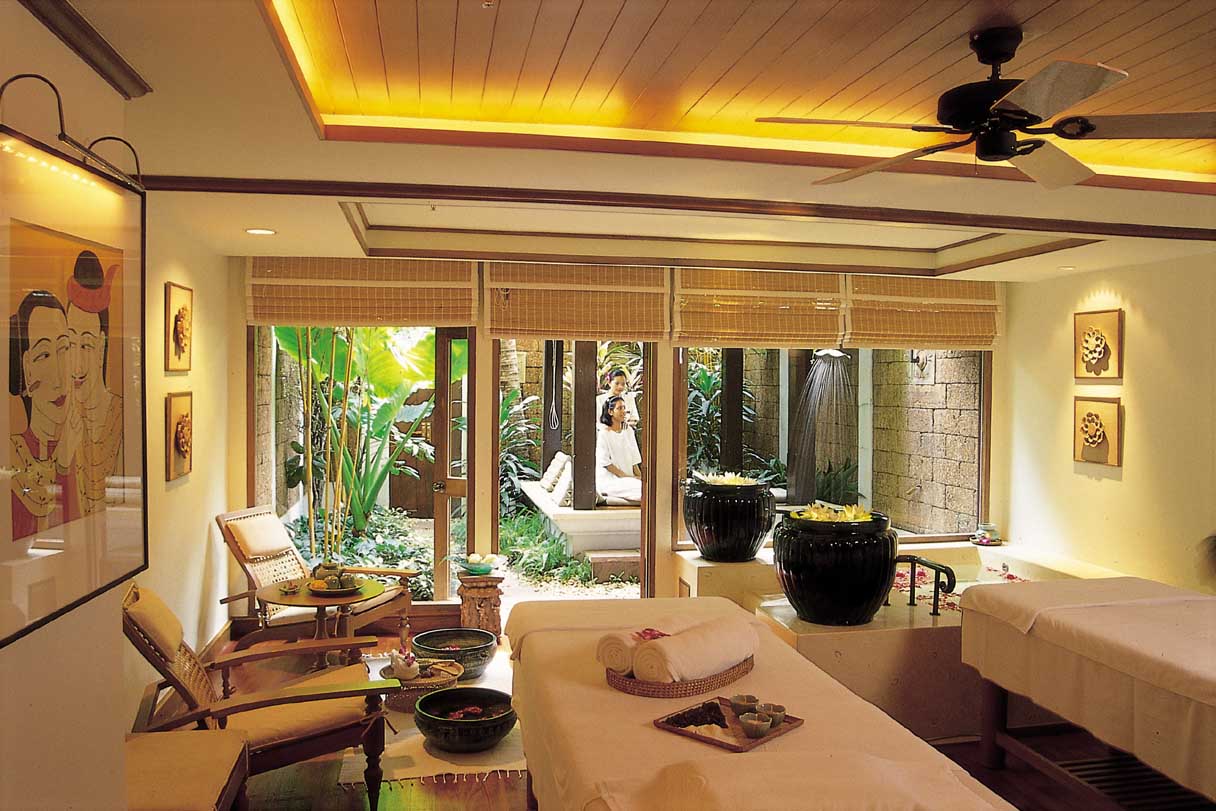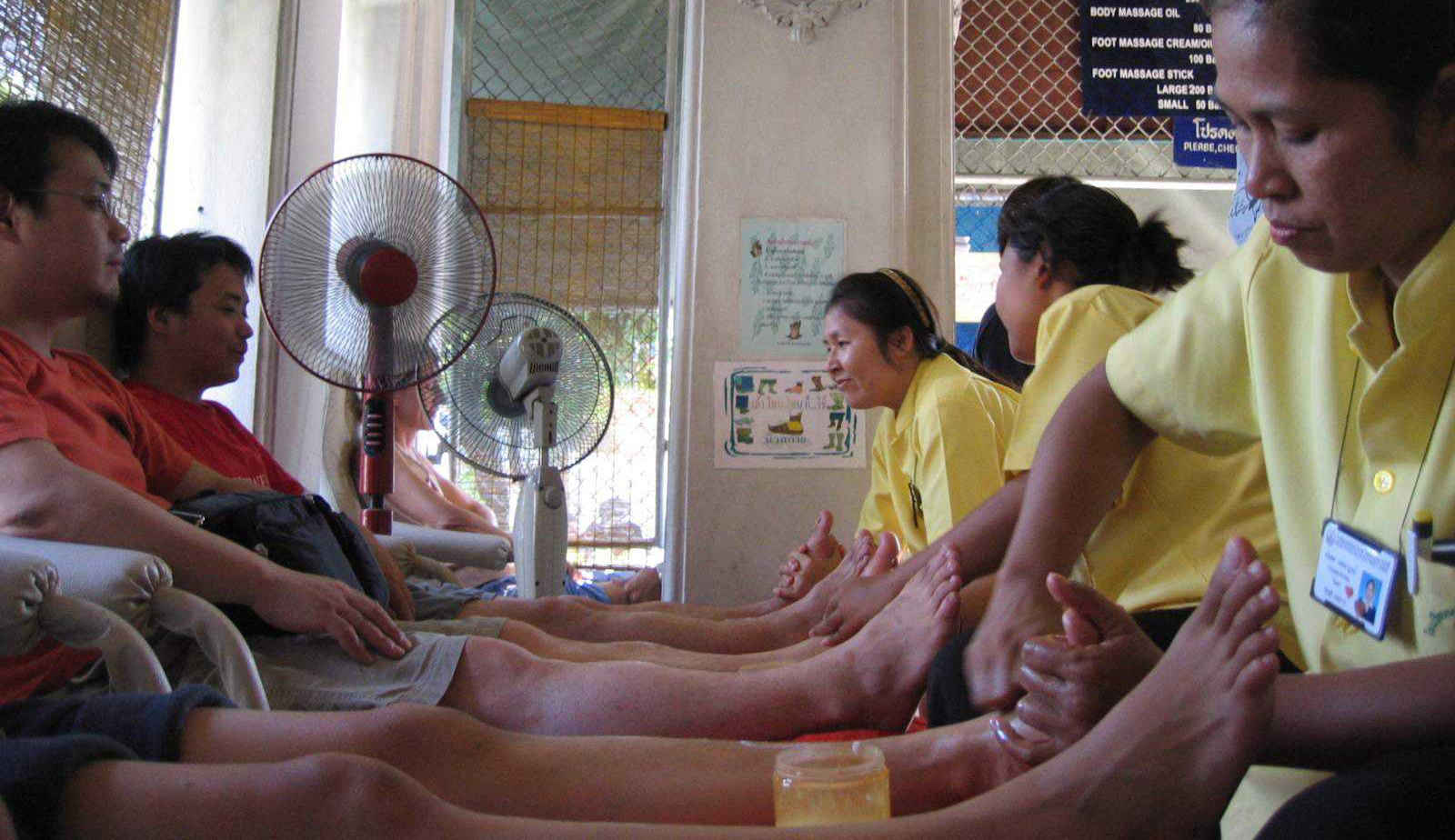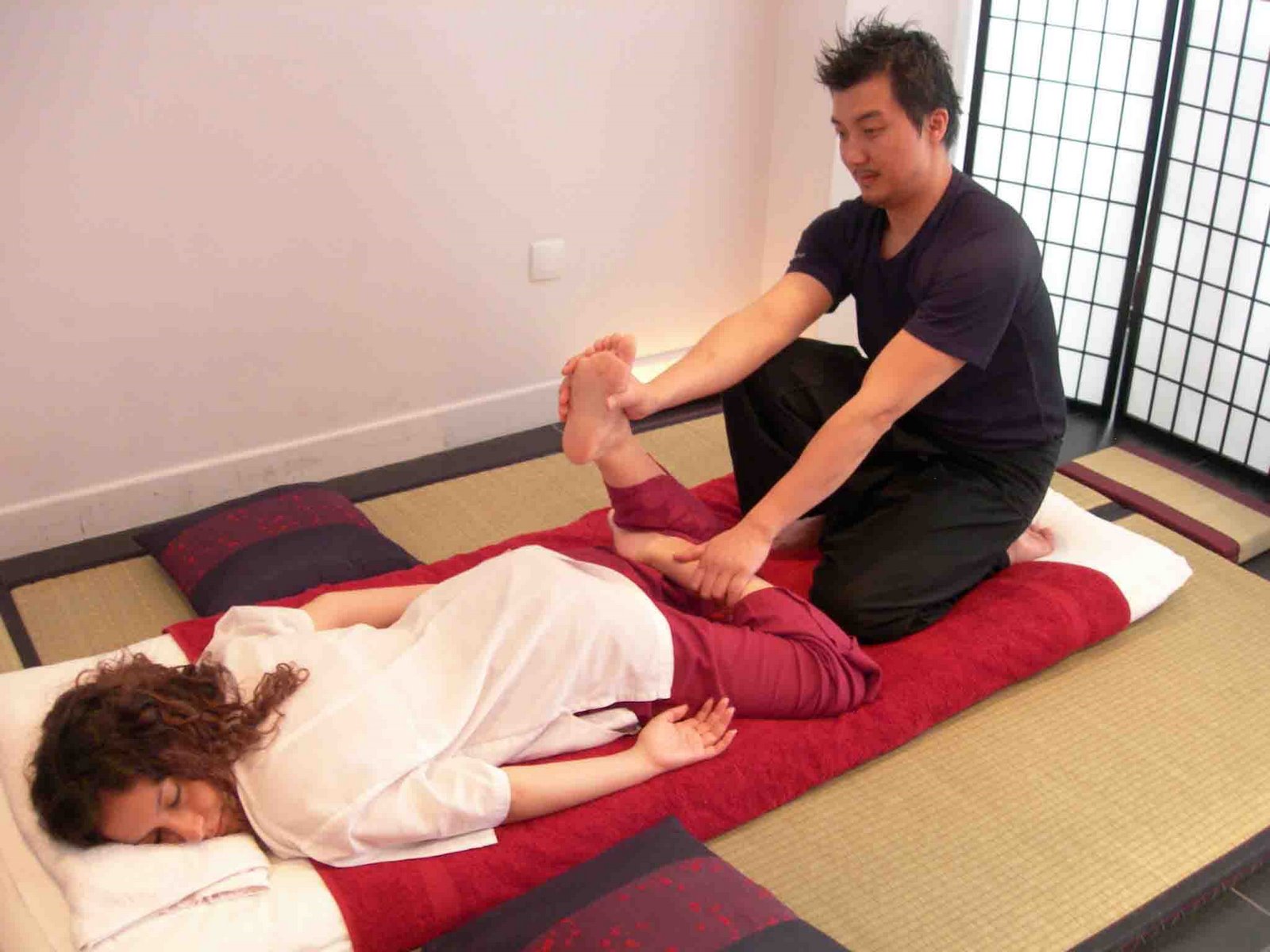
American Jim Thompson has been known for decades as the ‘Father of Thai Silk’, and this year on the centenary of his birth, Thailand celebrates the man responsible for the silk industry’s significant revival.
Easter Sunday 1967 dawned warm and peaceful as Thompson, away for the weekend at a rest-house in the Cameron Highlands region of Malaysia, set off on his daily solitary walk. On this particular day no one saw him leave and no one heard him return. After an absence of several hours, local authorities were alerted, and teams sent out to comb the areas where he frequently hiked. The search lasted for weeks; no evidence of Thompson was found, and to this day, his mysterious disappearance has never been explained.
*************
As World War II came to an end in 1945, many Americans remained as civilians in different corners of the world rather than return home to the United States.
Jim Thompson, a former agent for the Office of Strategic Services (OSS) -- the covert wartime US intelligence service -- was one of those people searching for new opportunity and adventure.
His assignment to the Far East had been to parachute into northeastern Thailand to begin a resistance force against the Japanese. After Hiroshima and Japan’s subsequent defeat however, his mission was aborted.
Arriving in Bangkok shortly after the war ended, Jim fell in love with the hospitable, exotic culture and people of Thailand; he stayed on to re-establish the American Embassy and the restoration of the well-known but aged Oriental Hotel.
By chance, and through his travels to the northeastern provinces, Thompson came into contact with the vanishing Thai silk industry. In the past, the production and sale of colorful raw silk had brought precious extra income to northeastern farmers, but early in the 20th c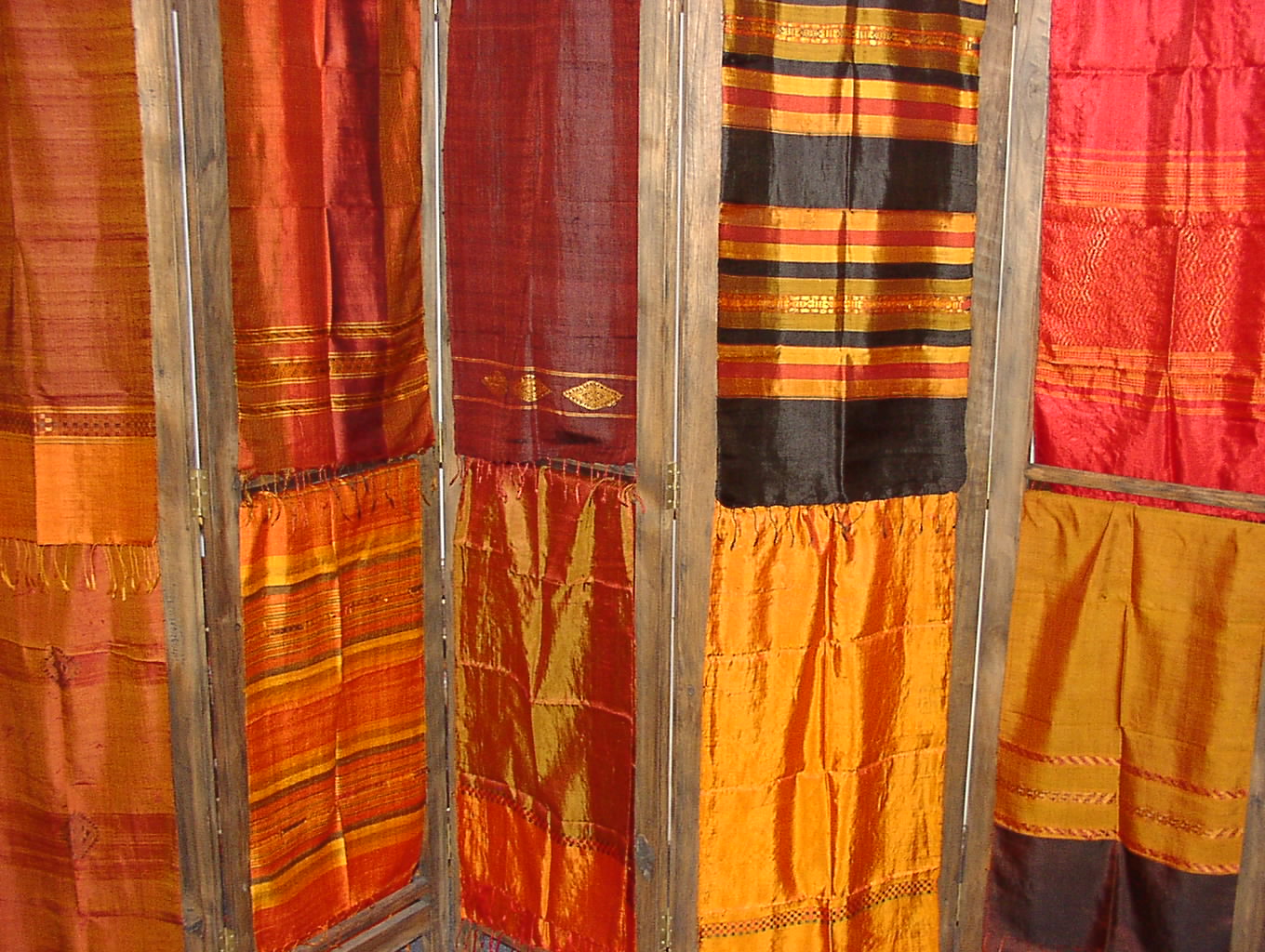 entury, when Chinese and Japanese mass-produced silks hit the marketplace, the rather small Thai silk cottage industry declined profoundly.
entury, when Chinese and Japanese mass-produced silks hit the marketplace, the rather small Thai silk cottage industry declined profoundly.
 entury, when Chinese and Japanese mass-produced silks hit the marketplace, the rather small Thai silk cottage industry declined profoundly.
entury, when Chinese and Japanese mass-produced silks hit the marketplace, the rather small Thai silk cottage industry declined profoundly.When Thompson came into the scene, a few farmers were still producing small quantities of raw silk; comparing samples, he noted the material was coarse and rutted, bold in color and quite different from the smooth, machine-made silks most people in the west were familiar with.
He felt certain that silk of such extraordinary texture, raw beauty and boldness would command world-wide market demand if its production were suitably promoted and structured.
Learning as much as possible about silk and the business of restoring the industry, Thompson found that the practice of traditional silk-making was lengthy and difficult. The woven, bold colors were obtained from dying the material by hand using mostly natural vegetable dyes; then, hand-woven again on bamboo looms; the resulting creation a riot of vivid groupings of lime and mulberry, cobalt and crimson hues.
Finding enduring weaving families within the vastness of Bangkok province wasn’t easy, but Thompson finally came upon a silk-weaving district known as Ban Krua. Here he discovered a small Muslim community of weavers who made the beautiful raw silk brocade he was so taken with. Although their business was promptly fading, the community was flattered by the idea of rejuvenating their traditional livelihood.
Persuaded by Mr. Thompson, a few weavers agreed to make colorful sample lengths of different patterned silks for Jim to promote overseas.
Through American connections in New York City, Jim approached fashion magazine editors and designers who, apparently, within days examined the silk material, approving of its quality and distinction. A few months later, Thai silks adorned models that graced the glossy pages of Vogue.
With almost overnight success, the weavers of Ban Krua began the prosperous revitalization of Thai silk along with the many communities of silk masters in other areas of the country. Under Jim Thompson’s direction, his personal fortune and the Thai Silk Industry thrived significantly.
In 1948 Thompson established the Thai Silk Company Ltd., encouraging production to be done in the traditional manner of centuries before.
The silk manufacturing revival was welcomed by the Royal Family and by all Thais; growing competition from other silk business manufacturers provided the necessary and beneficial tool in the industry’s revitalization.
**************
The Jim Thompson Thai Silk Company Ltd. continues to grow today and their high quality silks are globally renowned for their uniqueness and color. The corporation employs more than twenty thousand people, and although factories are now using automated machinery, cottage-industry silk still continues to be woven in Thailand.
Jim Thompson’s legacy has grown exponentially since his disappearance in 1967.To this day, speculation about his fate continues. Although no trace of him was ever found, it was rumored that he’d been kidnapped by either communists or perhaps business competitors who wanted him out of the picture. Nonetheless, through the years people came to believe that he may have fallen into a hidden cave and then eaten by wild animals. Whatever the truth may be, Jim Thompson’s fate still remains a mystery.
Only 61 at the time of his disappearance, Jim Thompson’s life and death h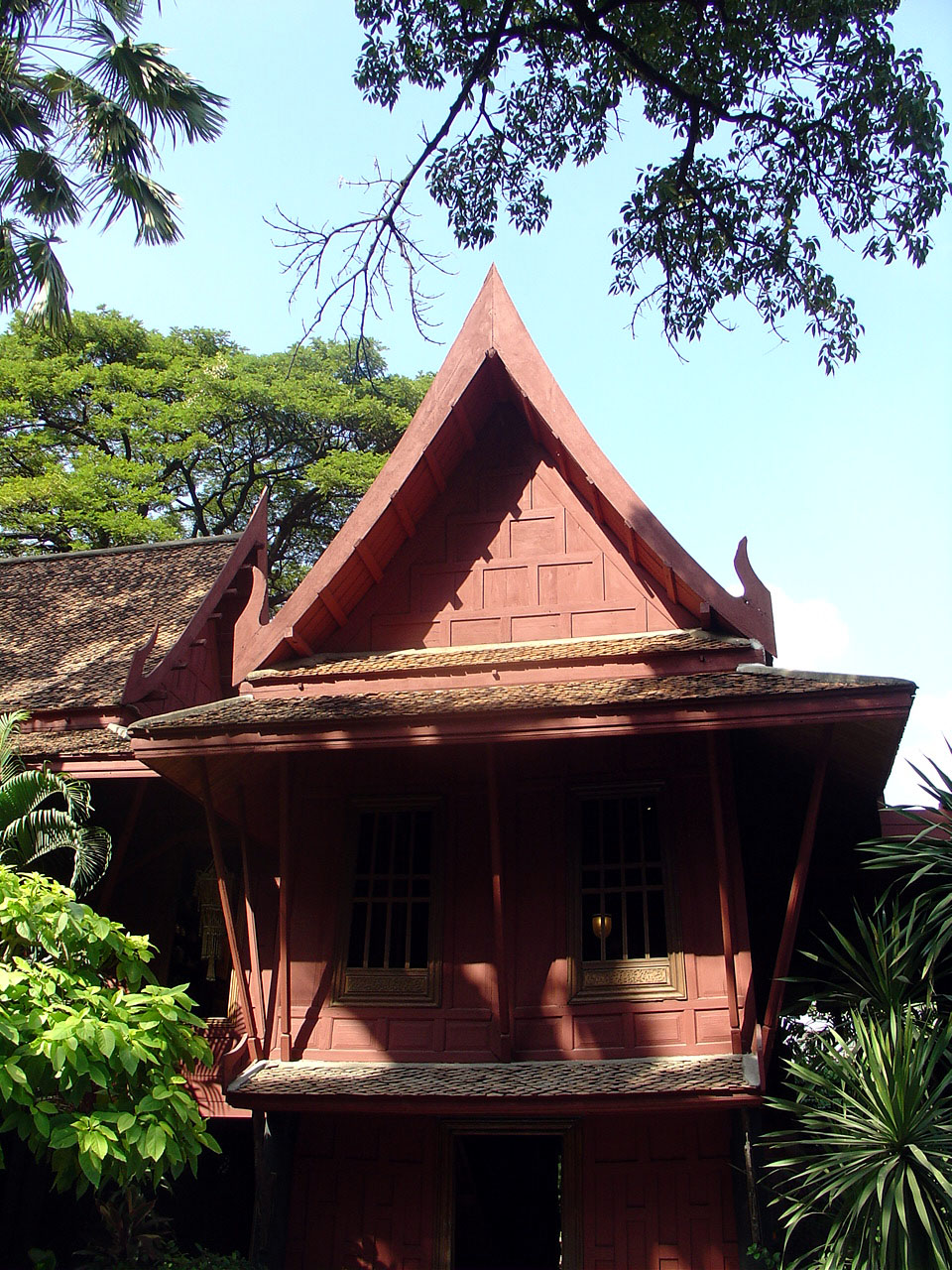 ave become legendary and romanticized all over Thailand. The resurrection of the silk industry; the enterprising, heirless business corporation left behind, plus an affluent traditional teak home -- now a museum of priceless Southeast Asian arts -- the Jim Thompson spirit lives on. The Thai Silk Company Ltd. has branch stores all over Southeast Asia as well as Europe and the USA.
ave become legendary and romanticized all over Thailand. The resurrection of the silk industry; the enterprising, heirless business corporation left behind, plus an affluent traditional teak home -- now a museum of priceless Southeast Asian arts -- the Jim Thompson spirit lives on. The Thai Silk Company Ltd. has branch stores all over Southeast Asia as well as Europe and the USA.
More reading can be done on the subject of the legendary ‘silk king’ Jim Thompson, if interested. An attention-grabbing book by William Warren entitled, “Jim Thompson, the Unsolved Mystery” has been out for quite some time.
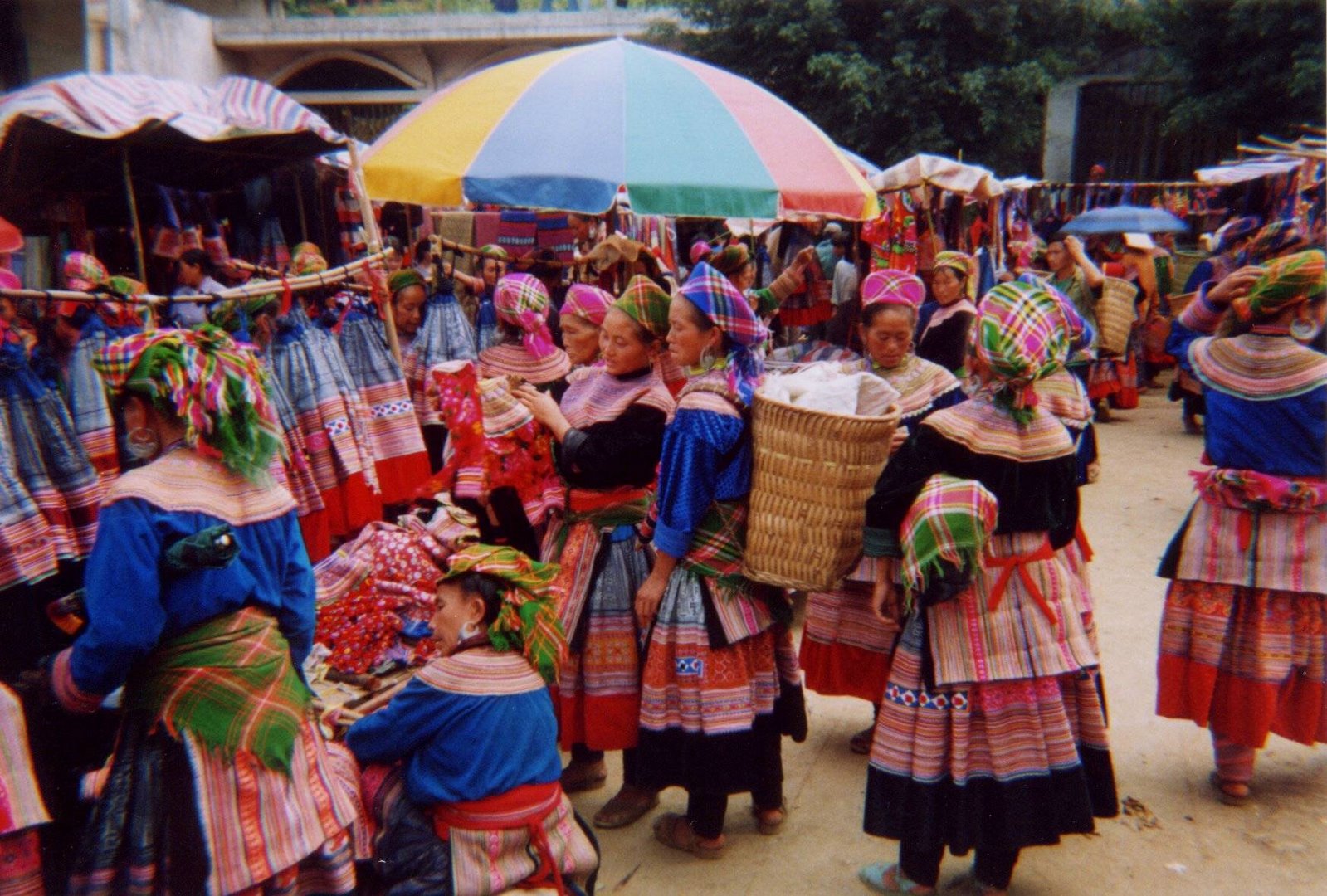 Early last year we visited some of the mountainous hill-tribe areas of northern Thailand; the chilly, dry weather was a welcome blessing after living in tropical Bangkok for several months.
The various ethnic minorities scattered along the hills intrigued me, for they have preserved their own language, spiritual beliefs, distinct culture, and colorful style of dress.
Early last year we visited some of the mountainous hill-tribe areas of northern Thailand; the chilly, dry weather was a welcome blessing after living in tropical Bangkok for several months.
The various ethnic minorities scattered along the hills intrigued me, for they have preserved their own language, spiritual beliefs, distinct culture, and colorful style of dress.

